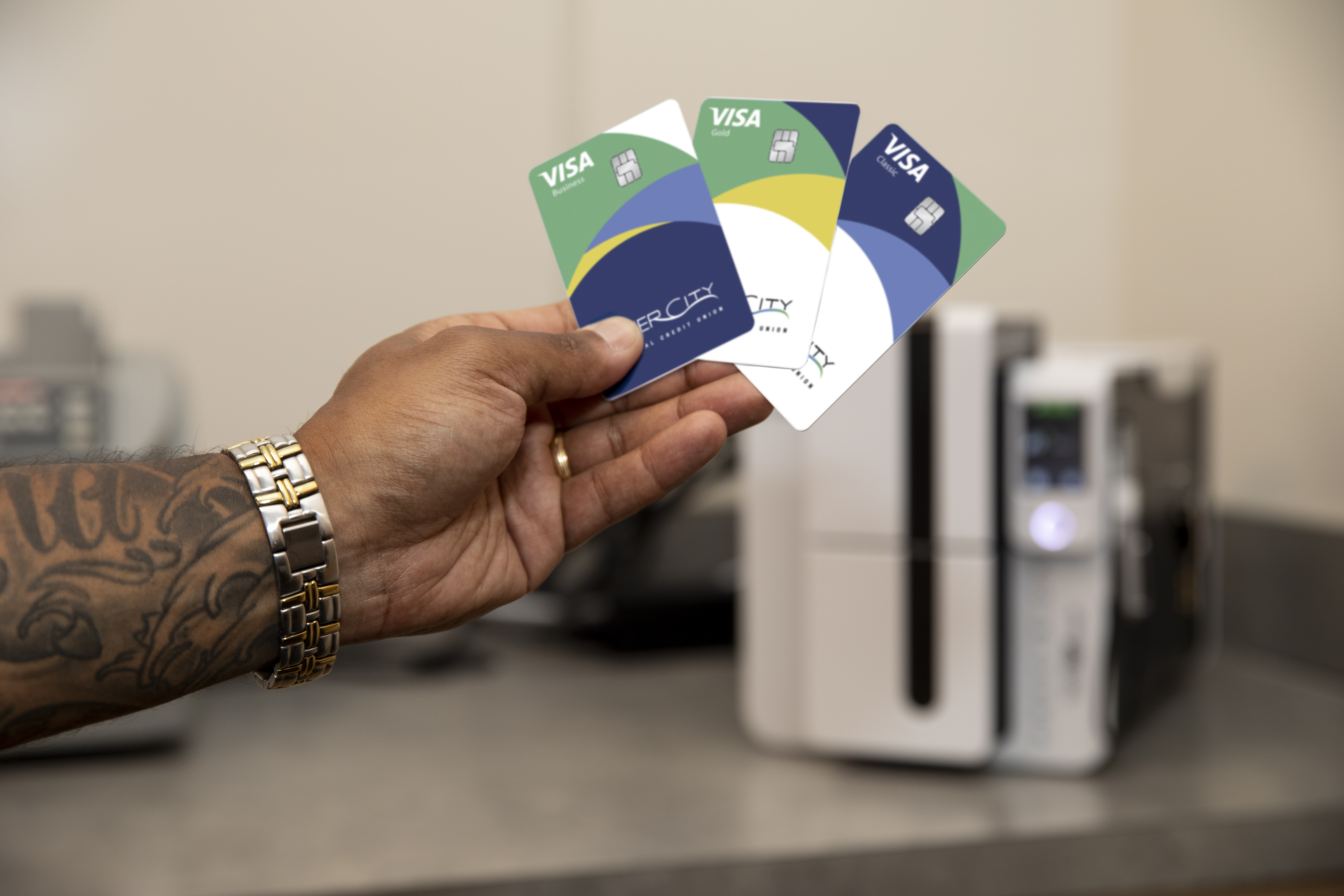2 minutes
Graphic designer shares visual card trends and techniques that can help catch a member's eye.
In the scramble to get top-of-wallet position, graphics count, and graphics need to reflect demographics and local markets, explains senior graphics designer Josh Hatcher of CUES Supplier member Vericast, San Antonio.
Metal cards are now popular for prestige programs, he notes. Graphic styles have moved from image-packed to streamlined and simple. Shiny foil fronts, translucent cards and metallic inks have all had their day in a nod to fashion.
Gift cards tend to have festive designs, while credit and debit cards often use designs unique to the financial institution’s location, branding or consumer demographics. Credit and debit cards can also use similar design characteristics to complement each other when issued as part of a series, Hatcher adds. Local landmarks and institutions can be featured. One bank collaborated with a local soccer team to provide consumers with a card design that highlights the alliance between the bank and the soccer organization.
For instant issuance, many FIs will choose to print both design and consumer information on blank stock when issuing the card, allowing them to accommodate multiple designs. Others will stock fully preprinted cards, to leverage more of the advanced design techniques available. Such techniques include metallic inks, full face foils and foil stamping, clear and translucent plastics, recycled ocean plastic stock, various plastic colors known as “color core” and magstripe colors, all of which are commonly used and are becoming more in demand, notes Hatcher.
When members aren’t at the branch to request a card, or instant issue is not available, credit unions can mail cards to their members, focusing on the most up-to-the-minute design technologies as well as impactful brand awareness, Hatcher says. Other common reasons to mail cards—and opportunities to take advantage of these design techniques—would be card reissues (e.g., expirations) when the credit union is doing a mass mailing, or card issues for a specific segment (e.g., high net worth) that require unique packaging.
When a promotion, series or member request includes such custom card embellishments as matte finishes or post-lamination additions (inks applied to the surface to create texture), cards must also be mailed, as these options are not compatible with instant issue machines; the post-lamination option needs a special flat gloss finish, for example. Mailed cards can additionally include personalization and the special inks, foils and plastics mentioned above. cues icon
Richard H. Gamble writes from Grand Junction, Colorado.









